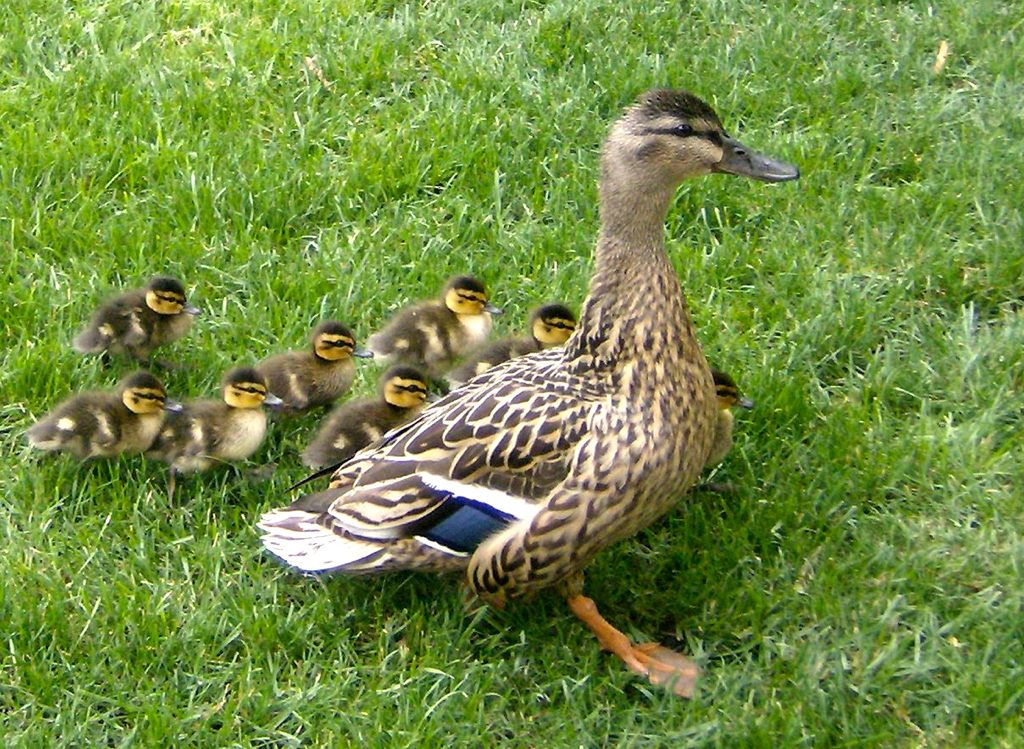Finally—Finally!—New England Elementary School’s Annual Duckling Parade is Available Online
Prepare for the cutest three minutes of your life.

Ducklings on the move. (Photo: Tim/CC-BY-2.0)
Baby animals are unquestionably one of the greatest wonders of spring, and it’s always delightful to happen upon ducklings, lambs, kittens, or any other tiny, adorable version of your favorite animals. Every spring, the students at Glover Elementary School in Milton, Massachusetts get to experience this rite up-close via an annual duckling parade.
This year, we all get to enjoy the tradition—the video of the event has been shared online.

According to the description provided by Bill Driscoll—the school nurse’s nephew and parade videographer—Glover Elementary’s interior courtyard has been used as a nesting site by ducks for several years. After the ducklings hatch, the entire school helps guide the ducks to a nearby pond, with students, teachers, and parents sitting along hallways and outdoor paths to create a route for the migration. This year, the ducklings hatched on Tuesday and the annual parade took place on Thursday.
Make Way for Ducklings! (Video: Bill Driscoll Jr/Youtube)
The video’s title references Make Way for Ducklings, a 1941 children’s book that holds a special place in many Boston-area residents’ hearts. The book—which recounts a mother duck’s efforts to lead her ducklings through the city to a pond in the Boston Public Garden—is still well-known due to a bronze statue of the Mallard family in the Public Garden created by sculptor Nancy Schön. In 2000, the book was named the official children’s book of the Massachusetts Commonwealth, thanks to the efforts of schoolchildren in nearby Canton. Basically, the good people of Massachusetts are extremely inclined to make way for any ducklings they encounter.
Indeed, Glover Elementary principal Sheila Kukstis explained to the Boston Globe that the school’s duckling parade has taken place for at least 10 years, making the mother duck is an experienced parade leader. “The mother knows where she’s going because she’s done it before,” Kukstis explained to the Globe. After the parade, students frequently spend the summer monitoring the ducklings’ growth, reporting back to their classmates in the fall.









Follow us on Twitter to get the latest on the world's hidden wonders.
Like us on Facebook to get the latest on the world's hidden wonders.
Follow us on Twitter Like us on Facebook